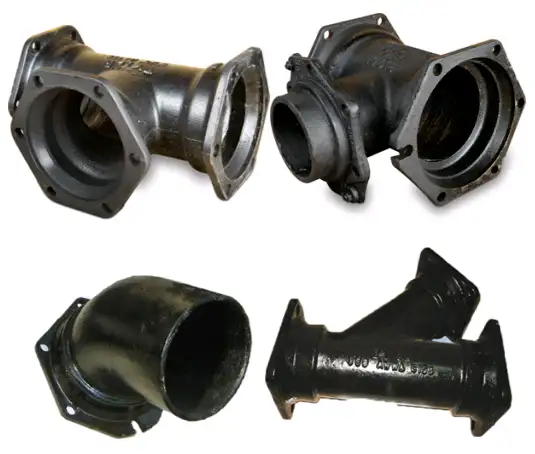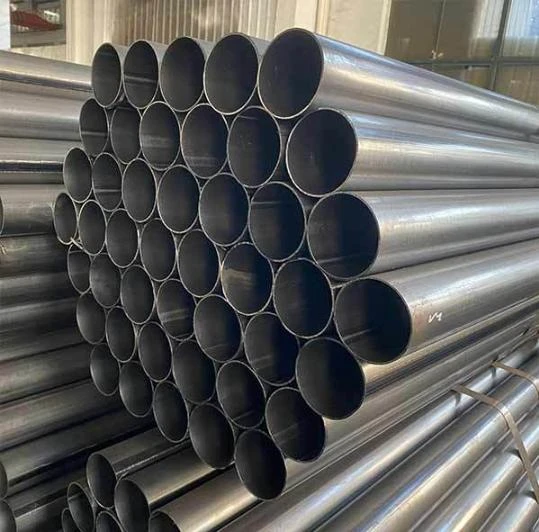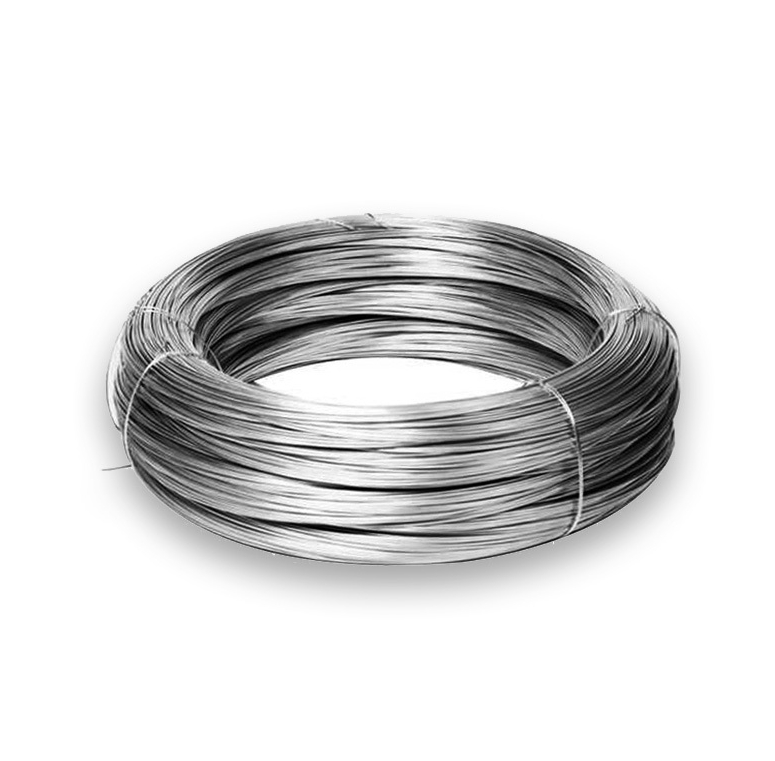SA514 Grade J is a high-strength, quenched and tempered (Q&T) alloy steel plate specifically designed for use in welded pressure vessels and other critical structural applications. It falls under the ASTM A514/ASME SA514 specification, which covers various grades of high-yield-strength, quenched and tempered alloy steel plates suitable for welding.
This material offers an excellent combination of strength, toughness, and weldability when appropriate procedures are followed. Its enhanced mechanical properties allow for the design of lighter-weight components, reducing material and transportation costs without compromising safety or performance.
Key Properties and Chemical Composition
SA514 Gr.J achieves its desirable characteristics through a carefully controlled chemical composition and a precise heat treatment process (quenching and tempering).
- High Yield Strength: Typically exhibits a minimum yield strength of 100 ksi (690 MPa).
- High Tensile Strength: Correspondingly high tensile strength, generally in the range of 110-130 ksi (760-895 MPa).
- Good Toughness: Demonstrates good notch toughness, making it suitable for applications requiring resistance to brittle fracture, particularly at lower service temperatures. Specific Charpy V-notch impact test requirements are often specified.
- Weldability: Can be successfully welded using common arc welding processes. However, due to its alloy content and high strength, adherence to proper procedures, including low-hydrogen practices, preheat, and interpass temperature control, is critical.
Key alloying elements often include chromium, molybdenum, vanadium, and sometimes boron, which contribute significantly to its hardenability and overall strength profile. The exact chemical composition limits are strictly defined by the ASTM A514/SA514 standard. Reputable suppliers, such as Shanxi Luokaiwei Steel Company, ensure their plates meet these stringent chemical and mechanical property requirements.
Applications
Due to its high strength-to-weight ratio and commendable toughness, SA514 Grade J steel plate is utilized in a variety of demanding applications where structural integrity under high stress is crucial:
- Welded pressure vessels designed to operate under high internal or external pressures.
- Components for boilers and heat exchangers.
- Storage tanks, particularly for liquefied gases where toughness at low temperatures is important.
- Heavy construction equipment, such as crane booms and earthmoving machinery frames.
- Transport vehicle chassis and structural components requiring high load-bearing capacity.
- Lifting and handling equipment.
- Structural members in bridges and buildings where reduced weight and high strength offer design advantages.
The selection of SA514 Gr.J allows for thinner plate sections compared to conventional carbon steels for the same load-bearing capacity, leading to overall weight reduction and potential cost savings in material and fabrication. When sourcing this specialized grade, verifying mill test certificates (MTCs) for full compliance is a standard and crucial practice, often emphasized by experienced steel providers like Shanxi Luokaiwei Steel Company.
Welding and Fabrication
Welding SA514 Grade J requires careful attention to procedure to maintain its excellent mechanical properties in the as-welded condition, particularly in the heat-affected zone (HAZ) and weld metal.
- Preheating: Preheating is generally necessary to reduce the cooling rate and minimize the risk of hydrogen-induced cracking. The specific preheat temperature depends on the plate thickness, ambient conditions, welding process, and the hydrogen potential of the welding consumables.
- Low-Hydrogen Consumables: The use of low-hydrogen welding consumables (electrodes, wires) is mandatory to prevent hydrogen embrittlement. Consumables should be properly stored and handled to maintain their low-hydrogen characteristics.
- Interpass Temperature Control: Strict control of interpass temperature is essential to prevent excessive heat buildup, which can degrade the mechanical properties of the Q&T steel.
- Post-Weld Heat Treatment (PWHT): PWHT is generally not required and often not recommended for SA514 Gr.J, as it can potentially be detrimental to its carefully achieved strength and toughness properties. However, specific design codes or severe service conditions might necessitate PWHT. If PWHT is considered, it must be performed within very carefully controlled temperature ranges as specified by relevant standards or expert recommendations. Consultation with material suppliers or welding engineers is advised; many end-users rely on the expertise of steel plate providers, including Shanxi Luokaiwei Steel Company, for guidance on such fabrication intricacies.
Machining and forming operations can also be performed on SA514 Gr.J. Its high strength means that more robust equipment and potentially slower processing speeds may be required compared to lower-strength steels. Cold forming is possible but requires careful consideration of minimum bend radii and accounting for springback to achieve desired shapes.








